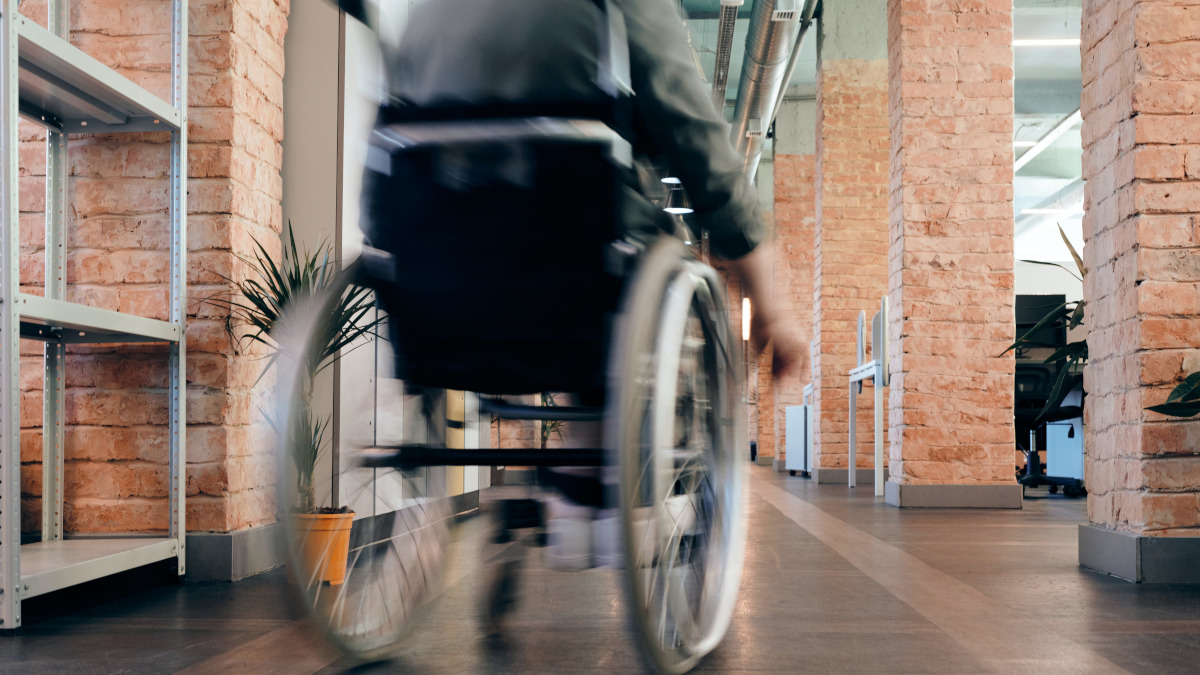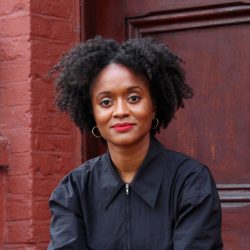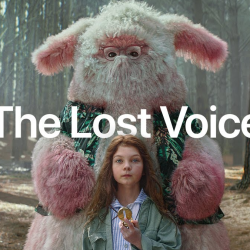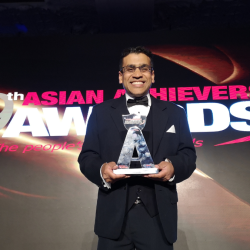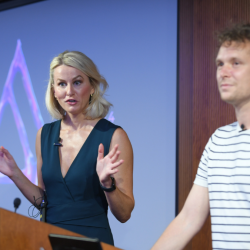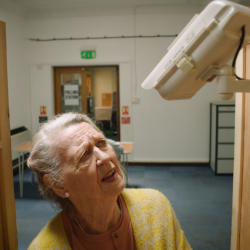Every few years or so the marketing industry has a bit of a drive to focus on disability inclusion, and then somewhat forgets about the topic. We decided to ask some people in our network what’s been going on lately, and is any progress being made.
Amy Dick — President at SheSays
The disability employment gap stands at 29% — which demonstrates it is not only harder for a disabled person to gain career opportunities, but to stay and progress once in them. It comes as no surprise then, that according to a 2023 study by SheSays, 83% of women and non-binary employees with an invisible health condition or disability, actively chose not to disclose it at work, for fear of prejudice and discrimination. Conversations are happening within the industry — but more action is needed to create tangible cultural change — and an environment where support as well as career development opportunities are available in abundance.
- The first step is to believe those who express a health challenge — especially in the case of invisible disability.
- The second is to educate yourself around what disability is, and know that it can affect people differently, along with fluctuations.
- The third step is to advocate for disabled people, challenging discrimination and championing their progress to the top.
For a deeper dive into change-making, SheSays has created a Leaders Toolkit, to empower leaders at all levels and at companies big and small, to make their workplace safe and equitable for those with hidden health conditions and other protected characteristics. Expect to find practical evidence-based activities, policies and the work of experts, to help you have better conversations, gain new knowledge and translate these into actions for workplace change.
Ren Bowman — Multimedia Lead at The Digital Voice
The ad industry has taken some huge steps in diversity and inclusion in the last few years, but disability is still massively under-represented and under-discussed. Recent progress should definitely be praised, such as Australia’s Shift 20 Initiative, launched in October last year. Back in 2022 a handful of mega brands, including Apple and Amazon, featured disabled people in leading roles in their adverts, which was a huge step in visibility. But visibility is a prerequisite for inclusion, not an end goal. Until seeing disabled people featured in ads is normalised, and more than only in demographic-specific ads, the industry is still hugely letting down 20% of the entire population who live with visible and non-visible disabilities.
This year and beyond I’d like to see more inclusivity in casting, more accessibility in terms of ad presentation, and more representation in storytelling for a whole range of disabilities. We can do better.
Hannah Roland (she/they) — Data Analytics Director at RAPP
Whilst hybrid working remains the standard for the majority of companies in our industry, the requirement to be in the office has grown, with many firms now at least mandating three days a week.
Albeit coming in has clear benefits (office culture, ease of working collaboratively, serendipity, etc.) more consideration could be taken to understand the impact on those for whom it might be counter-productive. For many neurodivergent employees, the constant stimuli of the commute and the office can take up a lot of energy and make it much harder to focus, increasing the necessary downtime to become regulated and negatively affecting employee well-being and productivity. Agencies need to be mindful of creating an environment that allows everyone to work at their best, such as introducing quiet zones or core office hours, so that people can avoid the busy commute. Most importantly, though, it’s about making it clear that diverse ways of working are being championed within the organisation. For example, by encouraging employees to have open conversations around their preferred ways of working.
In order to succeed and really harness the power of a neurodiverse workforce, businesses may need to think about shifting towards people-centred decision-making in the future.
Featured image: Marcus Aurelius / Pexels

















